In the world of gastronomy, there’s a profound sense of nostalgia associated with certain dishes that have seemingly vanished from modern restaurant menus. These classic dishes, once a staple in dining establishments, evoke memories of warmth, comfort, and exceptional culinary craftsmanship. This blog post explores 16 such timeless classics that deserve a revival. Each dish carries a unique story and flavor profile, reminding us of the rich culinary heritage that shaped our dining experiences. Let’s take a culinary journey through the past and rediscover these culinary gems that we dearly miss.
Chicken à la King

Chicken à la King, a dish steeped in history, offers a rich, creamy delight. Made from tender chicken pieces, it’s enveloped in a velvety sauce with mushrooms and bell peppers. Originating in the early 20th century, it quickly became a favorite in fine dining. Known for its comforting flavors, this dish was often served over rice or toast. Its popularity waned over time, but the nostalgia it evokes remains strong. A staple of elegant luncheons, Chicken à la King deserves a return to the spotlight, bringing back a touch of elegance to modern dining.
Baked Alaska

Baked Alaska is as much a visual spectacle as it is a culinary delight. This dessert features layers of cake and ice cream topped with a meringue that is flambéed just before serving. Its origins can be traced back to the 19th century when it was created to celebrate the acquisition of Alaska. The contrasting temperatures of the warm meringue and cold ice cream create a delightful experience. Though its presence has dwindled, Baked Alaska’s theatrical presentation and delightful flavors make it a dessert worth reviving in restaurants today.
Lobster Thermidor

Lobster Thermidor, an icon of French cuisine, is renowned for its luxurious flavor profile. It features lobster meat cooked in a creamy wine sauce, enriched with mustard and cheese. Served in a lobster shell, this dish exudes elegance. First appearing in Paris in the late 19th century, it quickly became a hallmark of sophisticated dining. The intricate preparation and rich flavors made it a favorite at opulent events. Its decline in popularity is unfortunate, as Lobster Thermidor remains a testament to culinary excellence and deserves a place in modern upscale dining.
Oysters Rockefeller

Oysters Rockefeller, a dish synonymous with indulgence, offers a decadent experience. Created in the late 19th century at a New Orleans restaurant, it features oysters baked with a rich butter, herb, and breadcrumb mixture. Named for the wealthiest American at the time, its opulence is unmistakable. The dish’s vibrant green color and savory taste make it a standout appetizer. Despite its decline, Oysters Rockefeller’s blend of flavors and luxurious presentation make it deserving of a comeback. Its historical significance and culinary appeal can captivate diners once again.
Cochinita Pibil
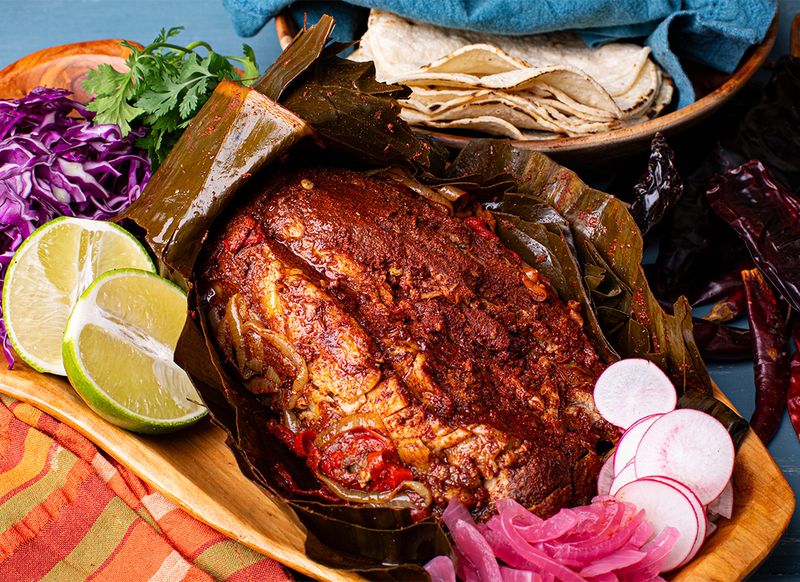
Cochinita Pibil, a hallmark of Yucatecan cuisine, is celebrated for its unique flavors and traditional preparation. This dish consists of pork marinated in achiote paste and citrus juice, then slow-roasted in banana leaves. Its origins date back to the Mayan civilization, making it a dish rich in cultural heritage. Once a mainstay in Mexican restaurants, it has become less common. The tender, aromatic pork and vibrant spices create a memorable taste. With its fascinating history and distinctive flavors, Cochinita Pibil is deserving of renewed appreciation in modern culinary circles.
Beef Wellington
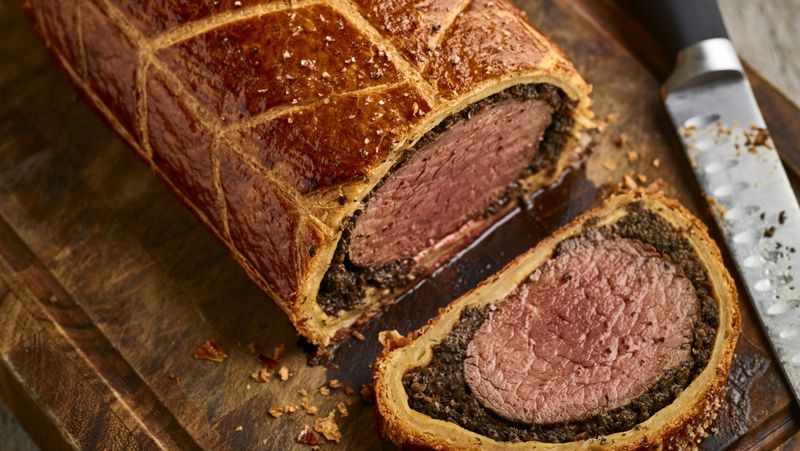
Beef Wellington, a culinary masterpiece, is renowned for its exquisite presentation and rich flavors. This classic dish features a succulent beef tenderloin coated with pâté and duxelles, all encased in a flaky puff pastry. Often regarded as the epitome of fine dining, it requires meticulous preparation and skill. First introduced to British cuisine in the 19th century, Beef Wellington quickly became a symbol of culinary elegance. Its unique combination of textures and flavors made it a favorite at luxurious dinners. Despite its complexity, the dish’s irresistible appeal makes it worthy of a comeback.
Duck à l’Orange
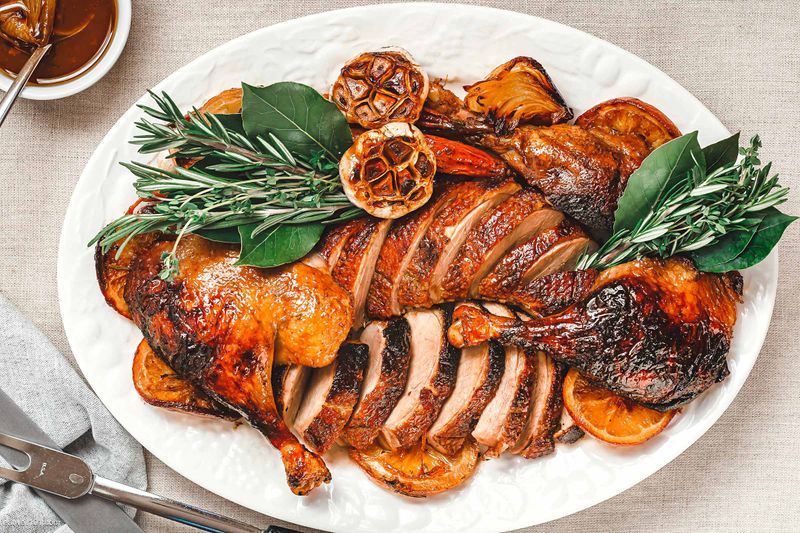
Duck à l’Orange is a quintessential French dish known for its perfect balance of flavors. With its crispy duck and tangy orange sauce, it offers a sophisticated dining experience. The origins of Duck à l’Orange date back to the 17th century, making it a staple of French gastronomy. Its combination of savory and sweet elements creates a harmonious taste that delights the palate. Once a favorite in top restaurants, its presence has dwindled over time. Reviving Duck à l’Orange would reintroduce diners to the art of French cuisine at its finest.
Sole Meunière

Sole Meunière, a classic French dish, is celebrated for its simplicity and refined flavors. It features a delicate sole fillet, lightly floured and sautéed in butter, with a hint of lemon and parsley. Originating from Normandy, France, this dish became renowned in the early 20th century. Its understated elegance and light, buttery taste make it a timeless favorite. Although less common today, Sole Meunière’s culinary finesse and historical roots make it a dish worth revisiting. Its gentle flavors and sophisticated presentation can captivate a new generation of diners.
Veal Oscar
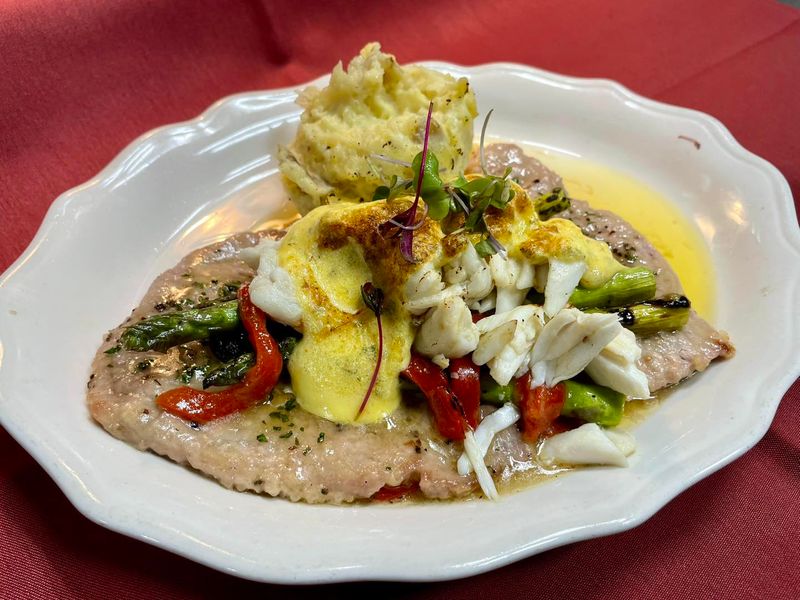
Veal Oscar, an elegant dish originating in Sweden, is known for its combination of luxurious ingredients. It features tender veal cutlets topped with crab meat, asparagus, and a rich Béarnaise sauce. Named after King Oscar II of Sweden, this dish gained popularity in the early 20th century. The harmonious blend of flavors and textures makes it a standout choice for fine dining. Although it has become rare on modern menus, Veal Oscar’s regal origins and exquisite taste make it deserving of a comeback. Its revival would celebrate a classic culinary masterpiece.
Coq au Vin

Coq au Vin, a staple of French country cooking, offers a hearty and flavorful experience. This dish consists of chicken braised with red wine, mushrooms, onions, and herbs. Its origins are rooted in French peasant cuisine, where it was a way to tenderize tough rooster meat. Over time, it evolved into a beloved classic. The rich, savory sauce and tender chicken make it a comforting choice for any occasion. Despite its decline in popularity, Coq au Vin’s rustic charm and robust flavors are deserving of a revival in modern dining establishments.
Chateaubriand
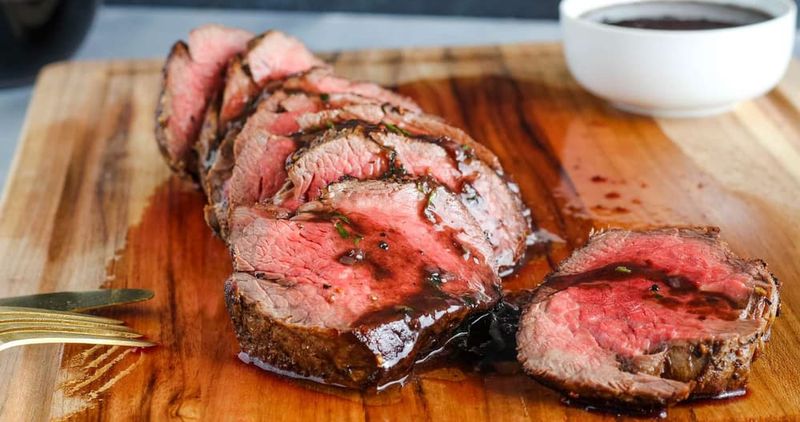
Chateaubriand, a symbol of French culinary artistry, is revered for its tender beef and rich sauce. This dish consists of a thick cut of beef tenderloin, often served with a demi-glace or béarnaise sauce. Named after French statesman François-René de Chateaubriand, it gained fame in the early 19th century. The simplicity and elegance of Chateaubriand highlight the quality of its ingredients. Although it has become less common, this dish’s timeless appeal and luxurious flavors warrant a return to restaurant menus. Its revival would celebrate the essence of fine dining.
Shad Roe

Shad Roe, a seasonal delicacy, offers a unique and rich flavor profile. This dish features the roe sacs of shad fish, sautéed in butter and often served with a squeeze of lemon. Celebrated for its creamy texture and distinctive taste, Shad Roe was once a popular springtime treat in American restaurants. Its decline in availability has made it a rare find on modern menus. The historical significance and unique culinary experience it offers make Shad Roe worthy of a comeback. Its revival would reintroduce diners to an intriguing and flavorful dish.
Salmon Coulibiac
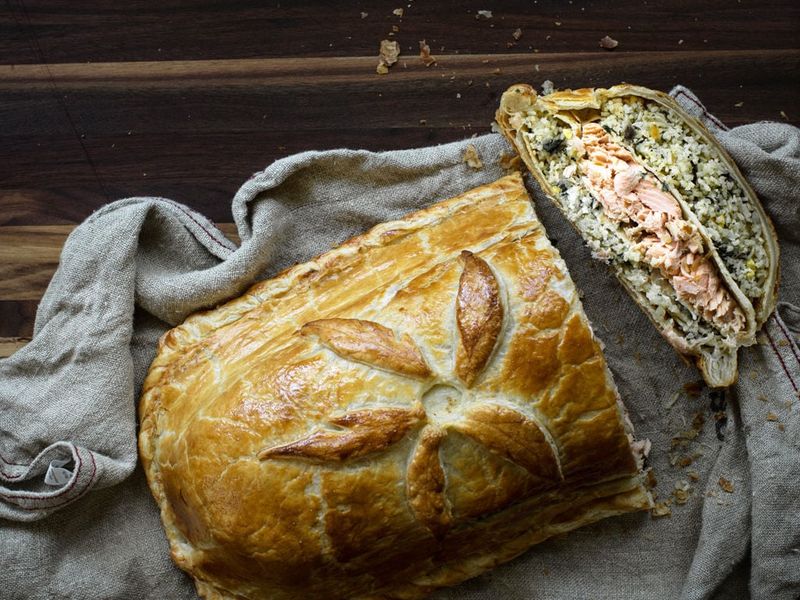
Salmon Coulibiac, an exquisite dish of Russian origin, is adored for its intricate layers and rich flavors. This dish involves salmon, rice, mushrooms, and dill wrapped in flaky pastry. The combination of textures and aromatic herbs creates a delightful culinary experience. Once a centerpiece at lavish feasts, its presence has faded from modern menus. The artistry and complexity of Salmon Coulibiac make it deserving of a revival. Reintroducing this dish would celebrate its historical roots and offer diners a taste of culinary elegance from a bygone era.
Beef Stroganoff
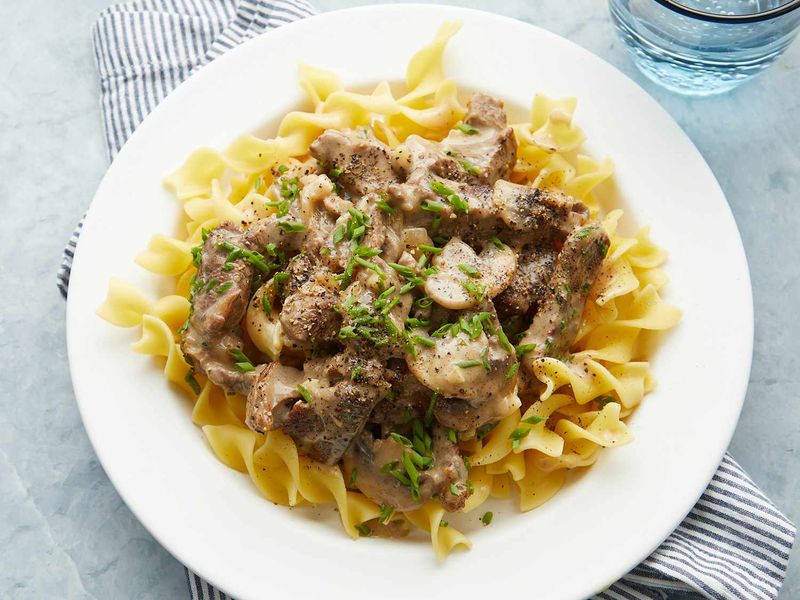
Beef Stroganoff, a dish rooted in Russian tradition, is cherished for its creamy, savory flavors. It features tender strips of beef cooked in a rich sauce with mushrooms and onions, typically served over egg noodles. The dish gained international fame in the mid-20th century, becoming a comfort food favorite. Its decline in popularity is unfortunate, as its hearty flavors and comforting nature remain timeless. Beef Stroganoff’s revival on modern menus would bring back a beloved classic, offering diners an opportunity to savor its delightful and satisfying taste once more.
Boeuf Bourguignon
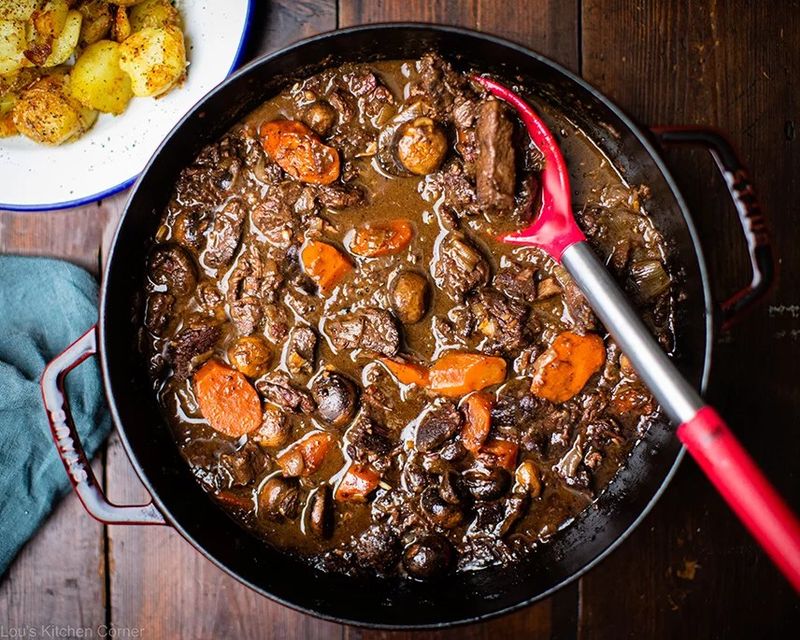
Boeuf Bourguignon, a classic of French cuisine, offers deep, savory flavors and a comforting experience. This dish involves beef braised slowly in red wine, with mushrooms, carrots, and onions. Originating from the Burgundy region, it was once a prized dish in fine dining. Its rich sauce and tender beef make it a favorite for both casual and formal occasions. Although its presence has dwindled, Boeuf Bourguignon’s robust flavors and historical significance make it a dish worth reviving. Its return would celebrate the art of slow-cooked, flavorful French cuisine.
Vichyssoise
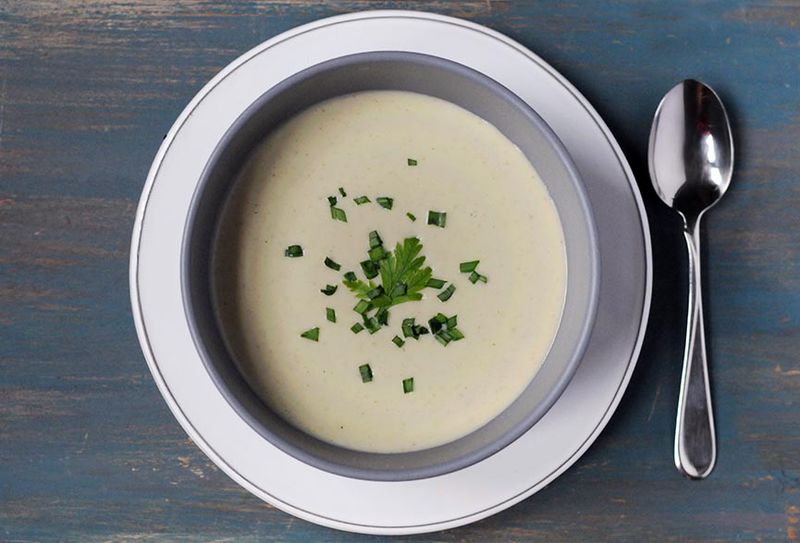
Vichyssoise, a chilled soup of French origin, is renowned for its creamy texture and refreshing taste. Made from pureed leeks, potatoes, onions, and cream, it was popularized in the early 20th century by French chefs in America. Its cool, silky consistency makes it a perfect starter for a warm day. The decline in its popularity is regrettable, as its delicate flavors and unique presentation offer a sophisticated dining experience. Reviving Vichyssoise would reintroduce diners to a classic that embodies the elegance and simplicity of French culinary tradition.
Leave a comment